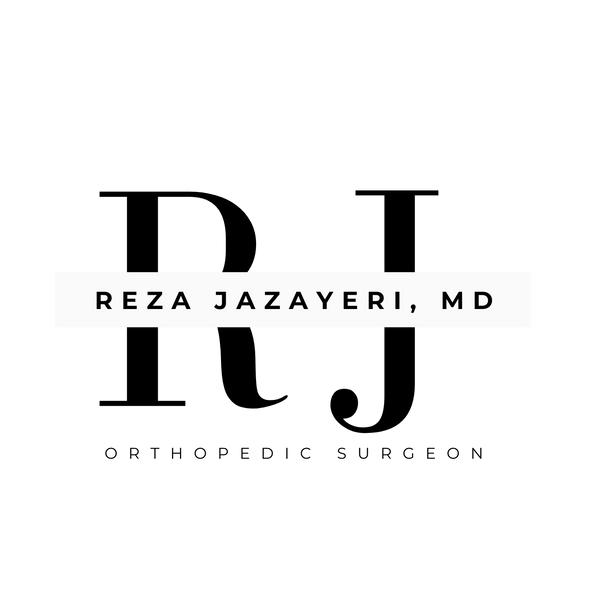
Pectoralis Major Tendon Tears:
Advanced Diagnosis, Treatment & Recovery with Dr. Reza Jazayeri
Understanding the Pectoralis Major Injuries
-

The pectoralis major is the large, powerful chest muscle responsible for movements like pushing, lifting, and pulling. It connects the upper arm (humerus) to the chest and plays a critical role in athletic activities like bench pressing, wrestling, gymnastics, and CrossFit.
-
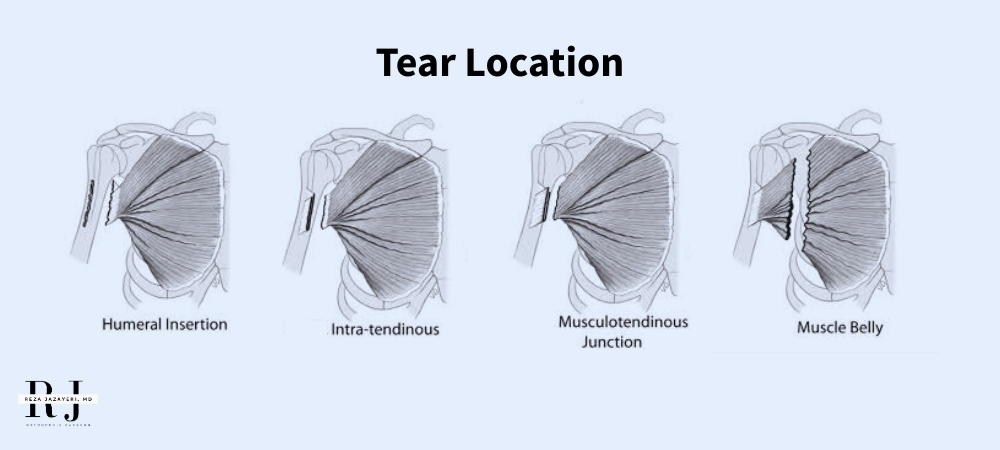
Tears can occur at various sites along this structure:
- Tendon insertion (most common) – where the tendon attaches to bone
- Musculotendinous junction* – the transition between muscle and tendon
- Muscle belly* – rare and typically more difficult to repair.
These are rare and often more challenging to repair due to limited tendon tissue for fixation.
*In such complex cases, Dr. Jazayeri typically recommends biologic augmentation using bioinductive grafting scaffolds and orthobiologics to enhance structural healing and functional recovery.
-
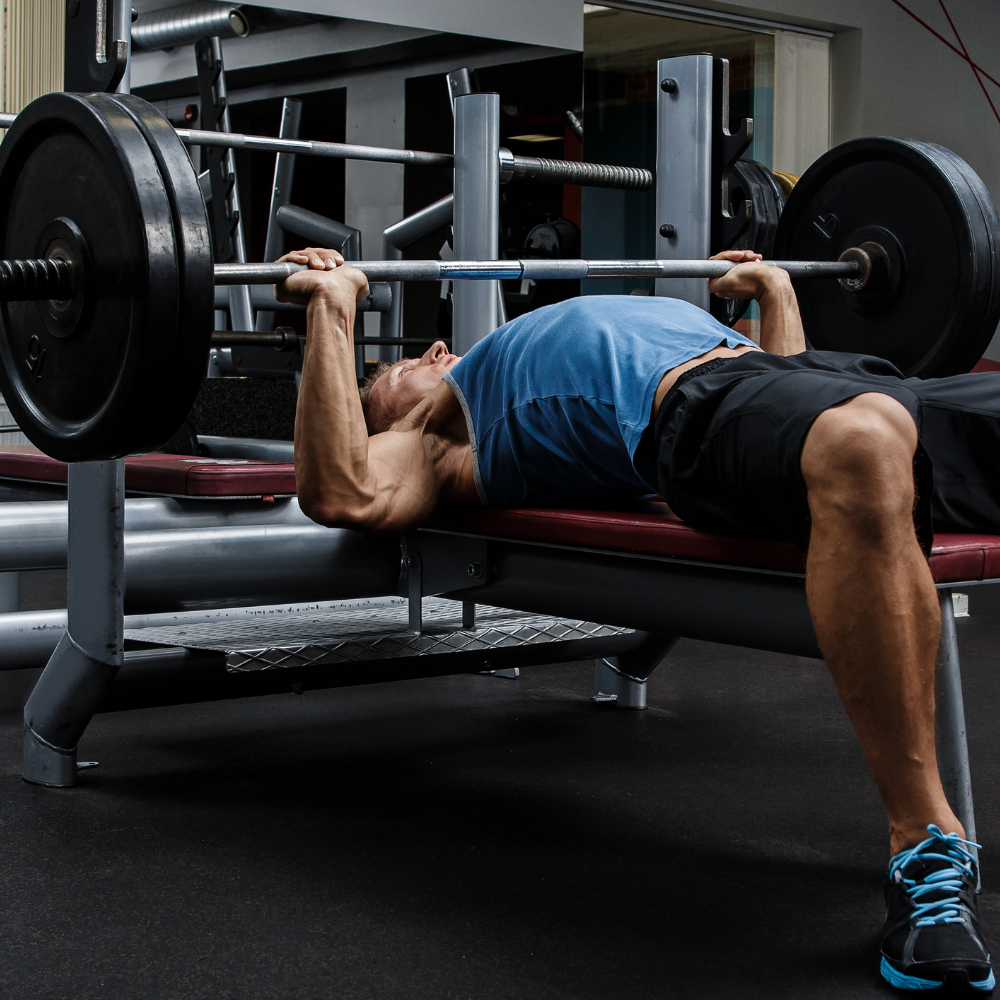
Who Gets a Pec Tear?
- Young male athletes, especially those doing heavy weightlifting (bench press)
- Bodybuilders and powerlifters
- Contact sport athletes (football, rugby, MMA)
- Master athletes who maintain high levels of physical activity into middle and older age
Although traditionally seen in younger athletes, Dr. Jazayeri regularly treats athletes at every stage of life, including active adults and seasoned bodybuilders who remain passionate about fitness.
-
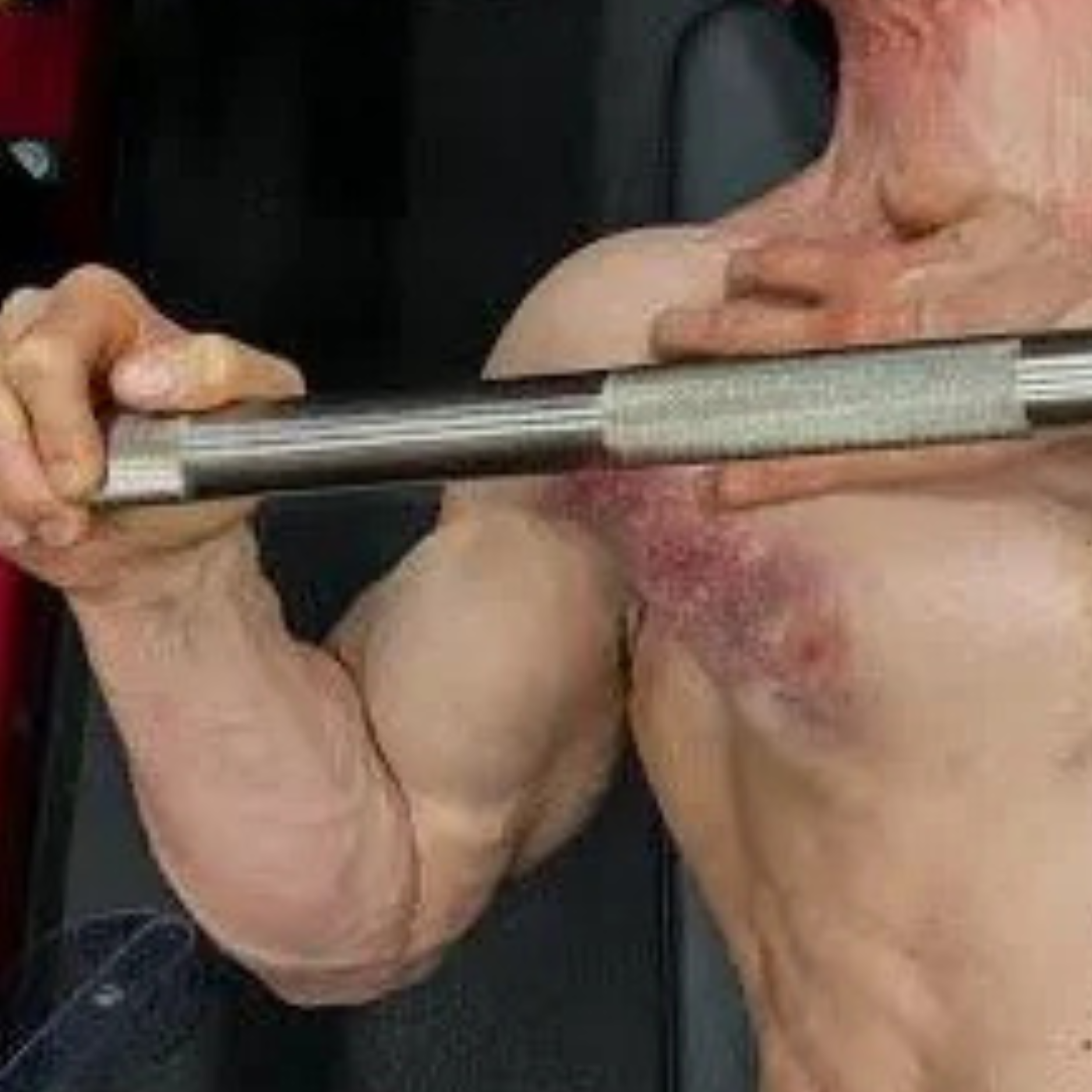
How Do Pec Tears Happen?
Most tears occur during forceful eccentric loading, such as:
- Lowering a heavy barbell during bench press
- A fall or sudden trauma during contact sports
- Rapid arm extension or abduction against resistance
Patients often report:
- A “pop” or tearing sensation
- Immediate pain and bruising
- Visible deformity or loss of chest contour
- Weakness with pushing, lifting, or internal rotation
-
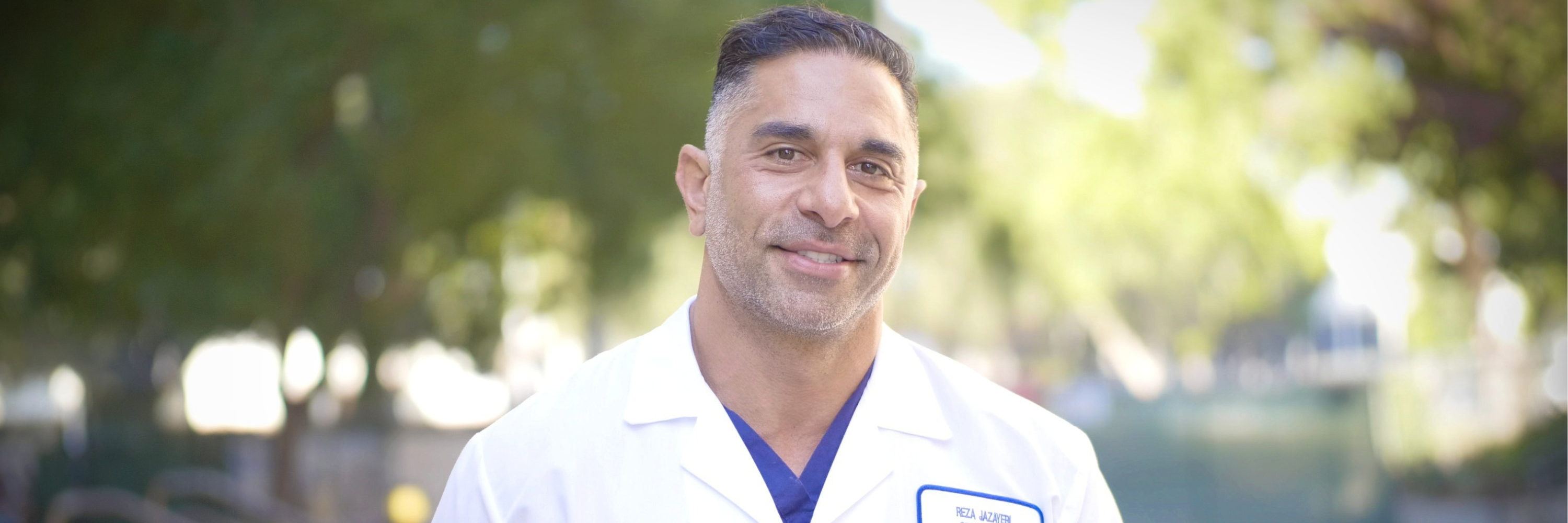
How Dr. Jazayeri Treats Pectoralis Major Tears: A Tailored, Athlete-Centered Approach
Dr. Jaz brings a comprehensive, individualized strategy to managing pectoralis major tears, drawing on cutting-edge surgical techniques, metabolic optimization, and biologic augmentation.
-
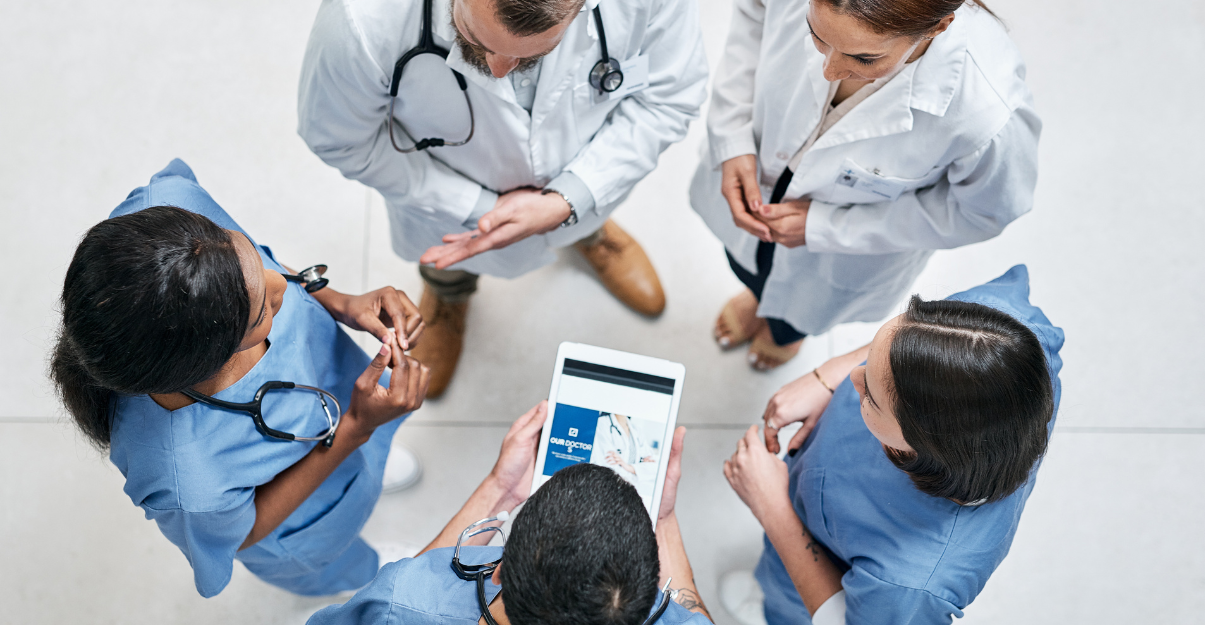
Comprehensive Evaluation
Each case is unique. Dr. Jazayeri performs a detailed assessment that includes:
- MRI to determine location and severity (tendon vs. musculotendinous, full vs. partial tear)
- Timing from injury (acute vs. chronic)
- Activity level, sport, and cosmetic goals
- Metabolic and hormonal lab evaluation
- Nutritional status screening
This thorough approach allows for shared decision-making with the patient to determine the most effective path forward.
Treatment Options
-
Non-Surgical Management
For low-grade, partial tears or patients with lower physical demands, non-operative care may be reasonable. These plans may include:
- Structured physical therapy
- Ultrasound-guided orthobiologic injections like Platelet-Rich Plasma (PRP)(1) or Bone Marrow Aspirate Concentrate (BMAC) to support healing
- Nutritional and metabolic optimization
-
Surgical Repair
Surgery is typically recommended for:
- Complete tendon tears
- Active or athletic individuals
- Those seeking strength recovery and cosmetic restoration
-
Benefits of surgical repair include:
- Restoration of strength and power
- ~50% loss of strength with non-op treatment of complete tears
- Improved functional performance
- Enhanced cosmesis and chest symmetry
-
Timing matters:
Dr. Jazayeri recommends acute repair when possible, but he has extensive experience successfully managing chronic tears (6–12+ months old) using advanced reconstruction techniques:
- Allograft augmentation
- Collagen scaffolds
- Biologic patches
-
Biologic-Regenerative Enhancement with Orthobiologics:
Read a study hereIn addition to mechanical reinforcement, Dr. Jazayeri enhances the repair site biologically using orthobiologics such as Platelet-Rich Plasma (PRP) or Bone Marrow Aspirate Concentrate (BMAC) and Mesenchymal Stem Cells (MSCs)
>
- PRP delivers a high concentration of growth factors that stimulate cellular signaling, reduce inflammation, and support early healing.
- BMAC contains mesenchymal stem cells and progenitor cells that contribute to tissue regeneration and improved tendon integration.
>
Studies of patients with Pectoralis tendon repairs enhanced with PRP have demonstrated improved outcomes versus those without PRP.(2) Similarly, Bone Marrow Aspirate Concentrate (BMAC), rich in mesenchymal stem cells (MSCs), has shown promising benefits in enhancing tendon healing. These biologically active cells help promote tissue regeneration by modulating inflammation, stimulating collagen production, and improving vascular response at the repair site. When applied during surgery or via ultrasound-guided injection, BMAC can optimize healing potential, especially in complex or chronic tendon injuries.
Advanced Techniques: Healing Beyond the Scalpel
-
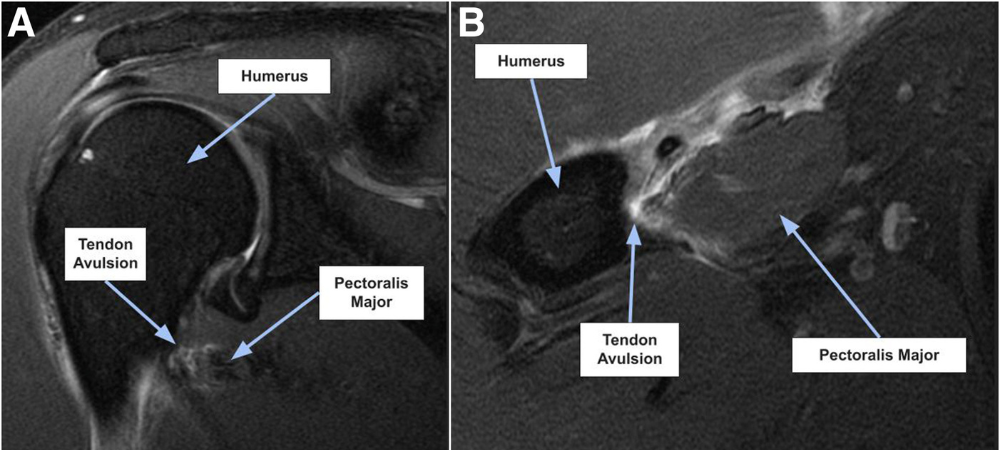
Dr. Jazayeri integrates the latest in biomechanical fixation alongside orthobiologic innovation, including:
Read about the surgical technique click hereBenefits: minimally invasive, earlier mobilization, stronger fixation, less time immobilized.enhanced biological healing. Minimally invasive approach utilizing a mini-deltopectoral interval.
- Robust Hybrid biomechanical fixation(3)
- UniCortical buttons with high-strength suture tape fixation techniques provide the strongest biomechanical constructs.
- Advantage of shorter operative times and less dissection vs bone tunnels
-
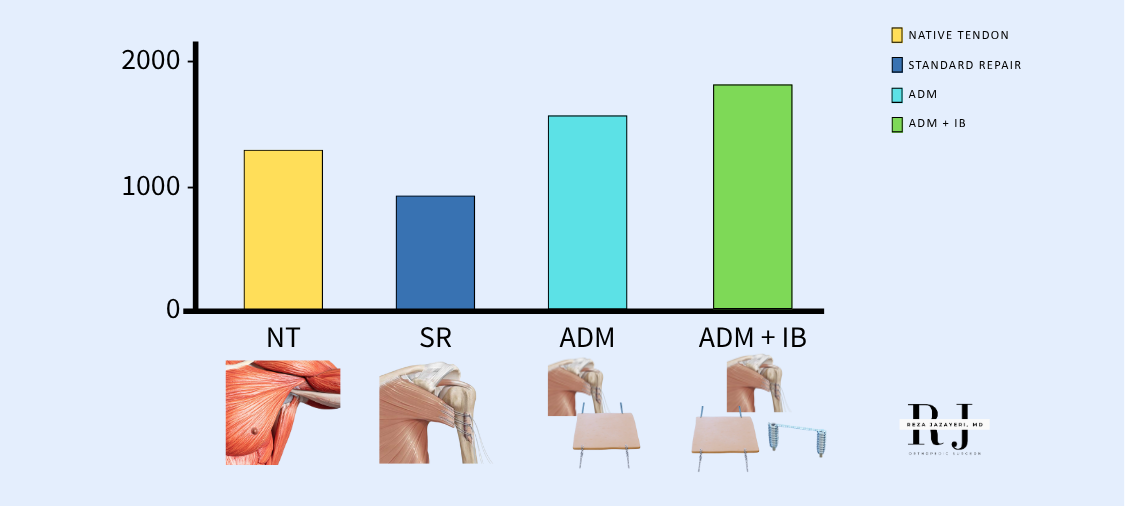
Acellular Dermal Matrix (ADM):
Learn about the science click hereADM or bioinductive scaffold augmentation is especially useful for complex musculotendinous junction tears. Repairs reinforced with ADM (1450 Newtons) show significantly greater failure loads compared to standard repair (921 Newtons, potentially exceeding the strength of native tendon failure (1289 Newtons).(4)
-
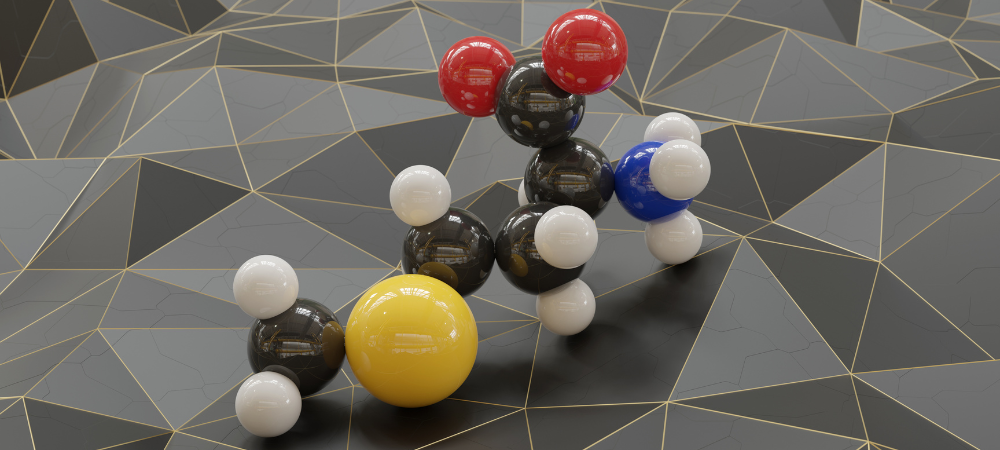
Enhanced Recovery:
- Additionally, when reinforced with (SutureTape) Internal Brace: significantly increases primary repair failure load to 206.6 N,(5) enabling earlier and safer range of motion exercises, creating a construct stronger than the original intact tendon.
- Next-Generation Orthobiologics: Such as PRP and autologous BMAC stem cells, used to accelerate healing in cases needing enhanced biological support.
- Targeted Amino Acid Supplementation: To support cellular-level recovery.
-

Patient Benefits:
- Minimally Invasive Techniques
- Stronger Fixation
- Enhanced Biological Healing
- Earlier Mobilization
- Faster Recovery Trajectory

Preoperative Optimization
Dr. Jazayeri takes a holistic, performance-driven approach to preoperative planning—prioritizing each athlete’s functional goals, physiological profile, and recovery potential rather than relying solely on age. His comprehensive evaluation includes:
- Athletic and activity demands
- Detailed MRI analysis to define tear pattern and chronicity
- Metabolic and hormonal status
- Nutritional readiness, with attention to amino acid sufficiency and recovery substrates
This personalized strategy supports athletes across the spectrum—from youth competitors to elite lifters to senior bodybuilders—ensuring that every patient receives a tailored recovery roadmap aligned with their performance goals and healing capacity.
-
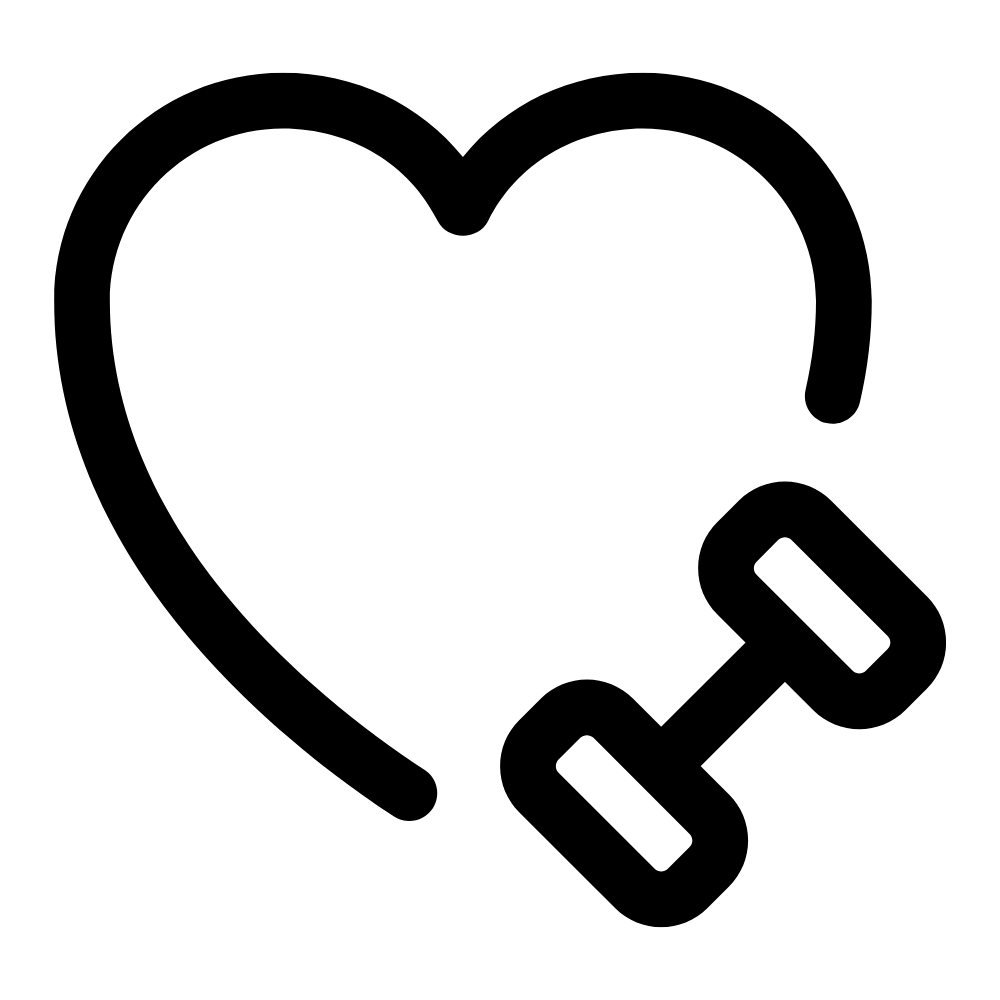
Postoperative Recovery
- Physical therapy typically starts within 1-2 weeks
- Sling x 6 week
- Personalized High protein diet x 3 months
- Targeted amino acid supplementation (2-6 weeks depends of tear severity)
- Light resistance work usually begins around 4months.
- Full return to sport/lifting typically 4-6 months (depends on tear severity, surgery timing, and protocol progression)
-
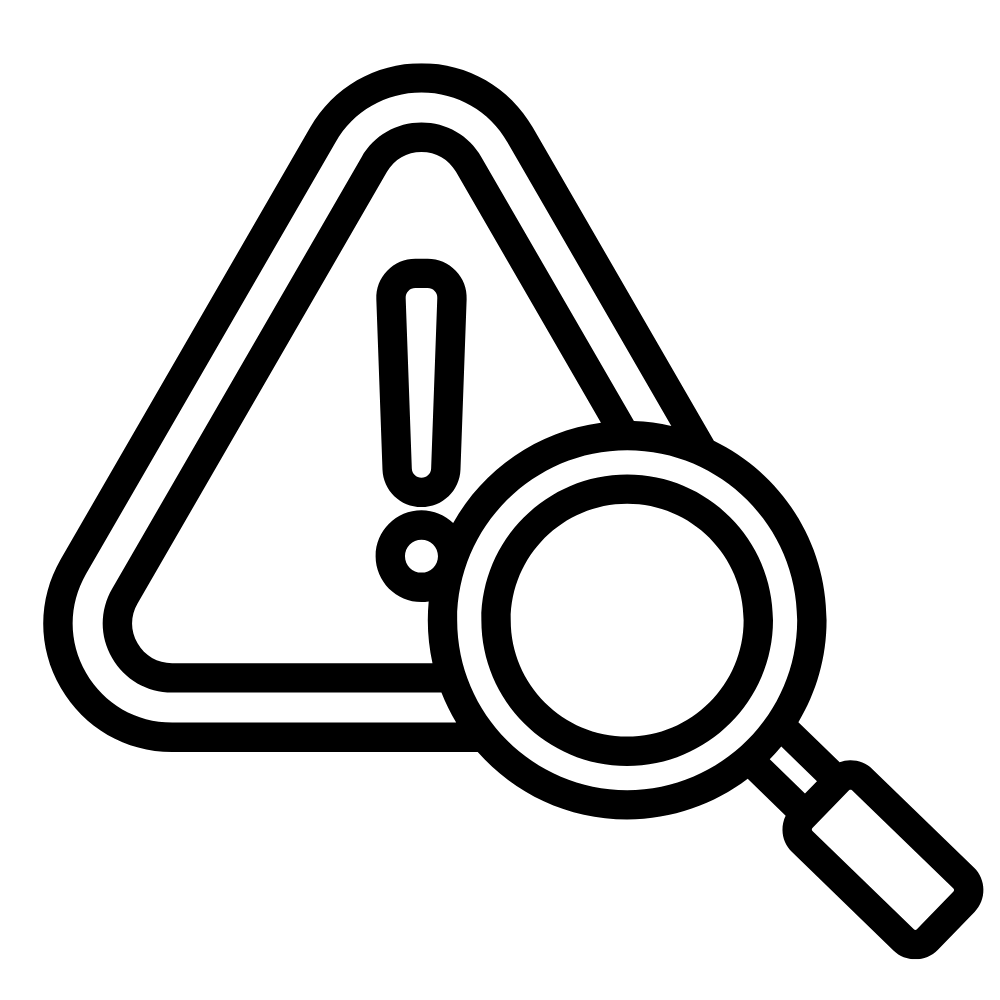
Potential Complications
While complication rates are low, potential risks include:
- Re-rupture or incomplete healing (more common in chronic or musculotendinous tears)
- Infection
- Stiffness or loss of range of motion
- Scar sensitivity or cosmetic irregularity
- Postoperative weakness if tendon healing is suboptimal
-
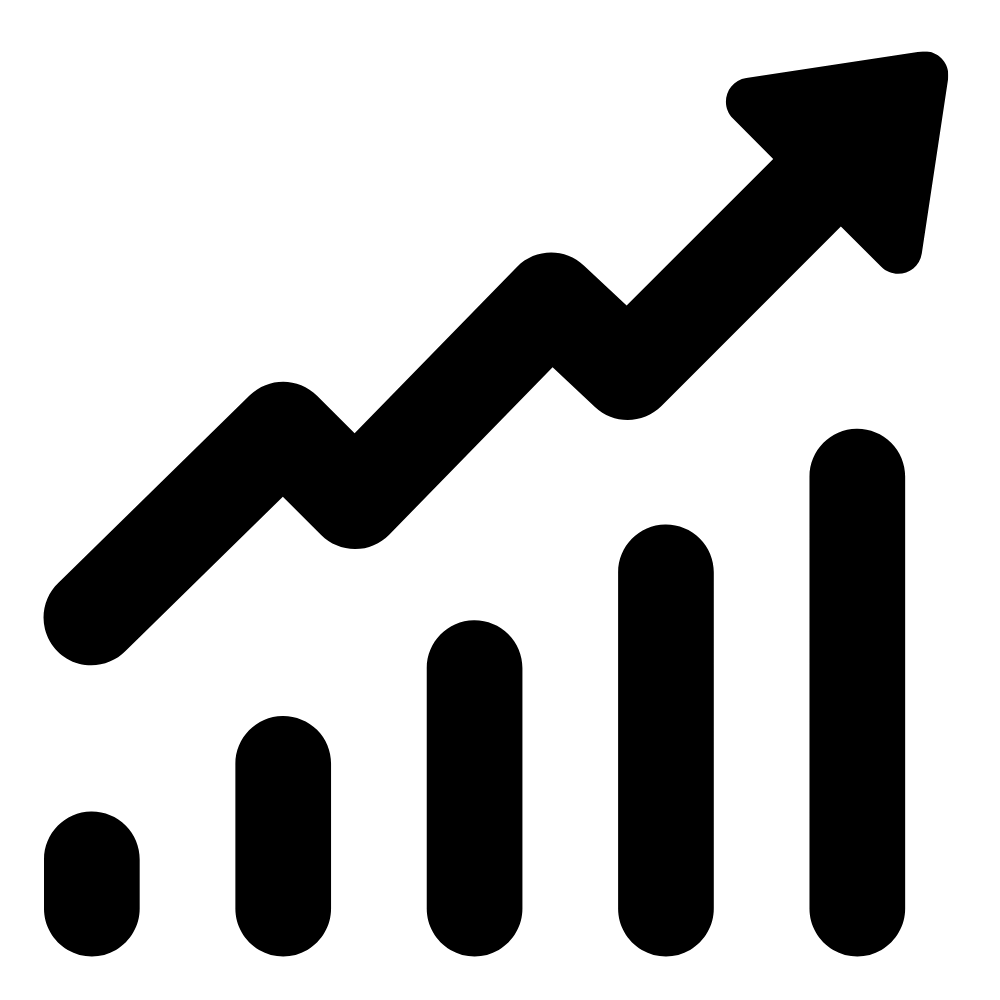
Success Rates
These potential complications are minimized through meticulous surgical technique, biological augmentation when appropriate, and Dr. Jazayeri’s targeted rehabilitation protocol.
With this comprehensive and biologically optimized approach, patients can expect:
- High rates of functional return 90-100%
- Restoration of muscle symmetry >92%
- Confidence to return to prior levels of performance—or even exceed them
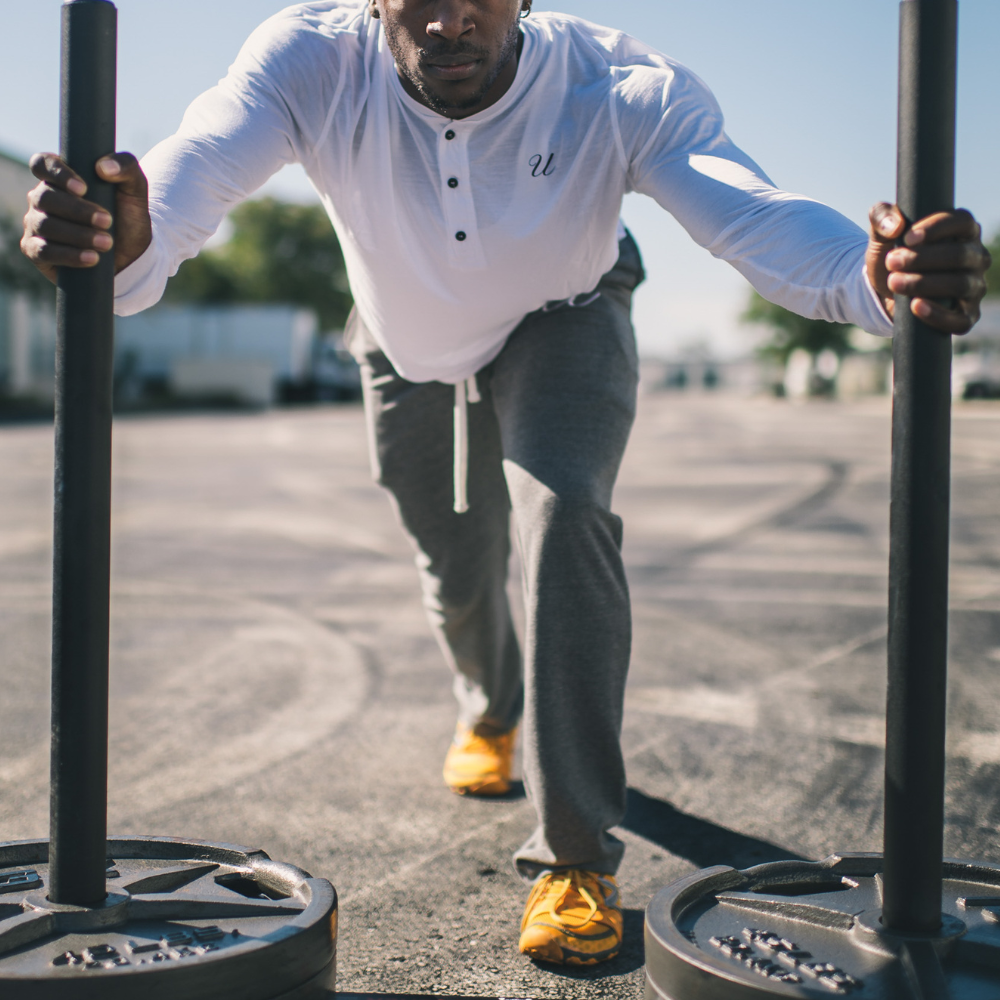
Elite-Level Care for Every Athlete
Whether you’re a competitive lifter, weekend warrior, or senior athlete who’s passionate about fitness, Dr. Jazayeri provides an evidence-based, cutting-edge pathway to healing.
With personalized care rooted in:
- Precision imaging and diagnosis
- Metabolic evaluation
- Advanced Surgical techniques
- Next-gen biologics
- Targeted nutritional support
You’ll experience a new standard of recovery. Dr. Jazayeri provides comprehensive care focused on returning high-level athletes to optimal performance through evidence-based practices and a commitment to the highest standards of patient care.
Watch: Pectoralis repair animation
Clinical Research
References
1
Bieńko, Mateusz & Rutkowska, Marta & Marchaj, Magdalena & Putra, Anna & Nowakowski, Piotr & Król, Tomasz & Toborek, Michalina & Korta, Karolina & Niedziela, Natalia & Bednarz, Karolina. (2024). Pectoralis Major Muscle Tear – Effectiveness Orthobiologic Nonoperative Treatment with Platet-Rich Plasma (PRP) Injections. Quality in Sport. 21. 54180. 10.12775/QS.2024.21.54180.
2
Hanson JA, Horan MP, Foster MJ, Whitney KE, Ernat JJ, Rakowski DR, Peebles AM, Huard J, Provencher MT, Millett PJ. Clinical Outcomes of Pectoralis Major Tendon Repair with and without Platelet-Rich Plasma. Arthrosc Sports Med Rehabil. 2022 Sep 6;4(5):e1739-e1746. doi: 10.1016/j.asmr.2022.06.021. PMID: 36312699; PMCID: PMC9596906.
3
Patrick Waldron, Ethan Vallellanes, Lucas Voyvodic, Sydney Solis, Ravleen Kang, Arina Caliman, Isabella Navarro, James L. Chen, Ajith Malige,Primary Pectoralis Major Tendon Repair Using Suture Anchors With Internal Bracing: A Surgical Technique, Arthroscopy Techniques, Volume 14, Issue 5,
4
Acellular dermal matrix augmentation significantly increases ultimate load to failure of pectoralis major tendon repair: a biomechanical study Mirzayan, Raffy et al. Journal of Shoulder and Elbow Surgery, Volume 29, Issue 4, 728 - 735
5
Saito RR, Panwar KS, Huish EG. Biomechanical comparison of pectoralis major repair techniques: A systematic review and meta-regression. Shoulder & Elbow. 2023;16(2):145-151. doi:10.1177/17585732231152251
*IF YOU HAVE ANY ADVERSE EFFECTS WITH THE MEDICATIONS or QUESTIONS, PLEASE CALL OUR OFFICE during clinic hours at 855-892-0919 or the After-hours nurse advice at 1-888-576-6225.
